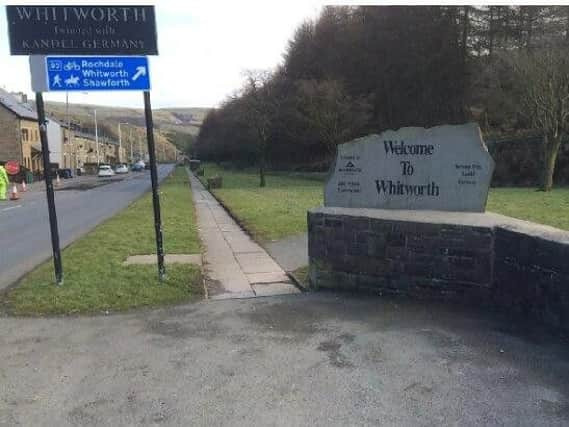Help find Lancashire's forgotten rights of way before they are lost forever


The definitive map which documents rights of way will be frozen in 2026 - and any access which existed before 1949, but has not been formally recorded, will be lost.
A meeting of the Lancashire Local Access Forum (LLAF) heard an appeal for help specifically to track down multi-use paths which can be accessed by horseriders and cyclists, as well as walkers. These so-called “higher rights of way” are thought to account for about 30 per cent of Lancashire’s 3,500 miles of public footpaths - but only seven per cent of the network has been identified as such.
Advertisement
Hide AdAdvertisement
Hide AdLancashire County Council’s public rights of way manager, David Goode, said it required “the right type of person” to scour maps and find the necessary evidence.
“A lot of the research that needs to be done is about finding negatives - 75 per cent of what you look at will not prove anything and that can be disheartening,” he said.
“And it has got to be evidence-based - you’ve got to be able to prove it on the balance of probabilities.”
That evidence comes from maps which have traditionally been held at the National Archives at Kew in Surrey. But the British Horse Society (BHS) is working with Lancashire County Council to bring a full set of maps to the region - while some others are also available online.
Advertisement
Hide AdAdvertisement
Hide AdChris Peat, a regional officer for the BHS, said that in the post-war years, “local authorities believed the horse would probably die out in the decades ahead - nobody expected horses to become a huge leisure industry”.
Meanwhile, LLAF member and Lancashire county councillor, Cosima Towneley, warned of the fallout from failing to identify a complete list of rights of way.
“Our tourism is going to suffer and that’s the thing we haven’t impressed sufficiently on Westminster. Scotland and Wales are doing their own thing, but England is pressing on towards this cut-off date as if it’s the be all and end all.”
Members were told that much of Lancashire does not currently have any volunteers actively researching routes - with the exception of North Lancashire, Rossendale and Pendle.
Advertisement
Hide AdAdvertisement
Hide AdThe LLAF also resolved to write to the Environment Secretary, Michael Gove, to ask him to review the time limit to update the definitive map.
FANCY TURNING DETECTIVE?
Anybody interested in becoming a volunteer researcher to find Lancashire's historical rights of way should e-mail the British Horse Society at [email protected]
Local history groups are also being urged to get in touch - as they might hold reference documents which can help in the search for rights of way.
WHICH WAY NOW?
A meeting of the body which advises Lancashire County Council about rights of way issues heard that the signage and infrastructure which helps the public navigate open countryside is “dropping part”.
Advertisement
Hide AdAdvertisement
Hide Ad“Much of it was put in place 20 years ago and it’s getting tired and needs replacing,” Lancashire Local Access Forum chair, Richard Toon, said.
But the county’s public rights of way manager, David Goode, said there was nobody to carry out the work on so-called “access land”, which is open to the public.
“Obviously, if somebody reports something as being dangerous, then we’ll take a look at it - but that is a fairly exceptional circumstance,” he said.